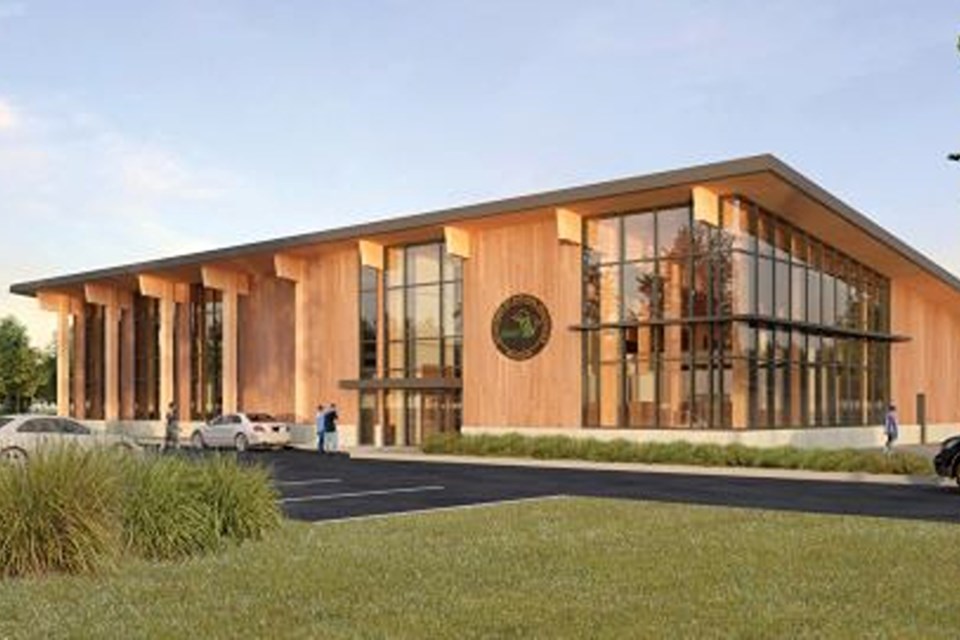NEWS RELEASE
MICHIGAN DEPARTMENT OF NATURAL RESOURCES
*************************
Say “forest products” and most people will probably conjure up a mental picture of a pile of lumber.
National Forest Products Week – the third week of October every year – is aimed at showing us how much more forest products can be.
If you don’t think you use forest products every day, you’re sorely mistaken. There’s toilet paper, copy paper, cardboard, craft paper and much more.
Then we’ll move on to that pile of lumber, used in building houses, furniture and other products we use daily.
Wood fibers and cellulose, a material derived from wood, are used in everything from clothing (you’ll see viscose, Lyocell and Tencel on content tags) to makeup and some food products.
Because of wood's versatility and sustainability, new forest products are always being invented.
“Besides the many common wood products we use every day, there are also many new wood products in development,” said Brenda Haskill, forest utilization specialist with the Michigan Department of Natural Resources. “Many researchers are looking at new ways to use wood because it is a sustainable resource.”
Mass timber: Cutting-edge building material
Those possibilities range from the very large – mass timber – to the microscopic – use of cellulose nanoparticles in a variety of building materials.
The Michigan Department of Natural Resources broke ground Oct. 10 on its first mass timber building, a new customer service center in the Upper Peninsula community of Newberry using homegrown red pine.
Michigan State University used mass timber construction in its $100 million, 117,000-sq.-ft. STEM Teaching and Learning Facility, with state-of-the-art classrooms and labs where students focus on science, technology, engineering and math curriculum.
Mass timber construction allows for building large and tall structures using engineered wood. Mass timber construction often goes up faster than traditional construction and uses renewable materials. The largest mass timber building in the U.S. so far is the 25-storey Ascent building in Milwaukee.
“There is a growing interest in this building technique, and research is being done right here in Michigan to look at using hardwood as well as softwoods to create mass timber products,” Haskill said.
Making concrete stronger and lighter
New building materials are also focusing on using microscopic wood cells known as “cellulose nanomaterials.” Researchers are working on incorporating these cells into sustainable materials such as cement, sunscreen, flexible electronics, polymer composites and food coatings, according to the federally run Forest Products Laboratory in Madison, Wisconsin.
Innovations such as these are key to a growing forest products industry that, according to DNR research, contributes about $22 billion to Michigan’s economy each year.
The DNR’s Forest Resources Division cares for nearly 4 million acres of state forest and supports the forest products industry in a variety of ways. Its practices are certified sustainable by two separate outside agencies. It also has staff who help landowners manage their forests responsibly and promote trees as an important part of urban landscapes.
*************************



